Yields of 5% and high borrowing costs have made the thought of a new exit to the markets alarming and changed the plans of the Public Debt Management Agency (P.D.M.A.) for new debt issuance. Concerns center not so much on high yields but on market volatility.
At the headquarters of the Organization, they are in no hurry to issue bonds as the cash reserves of around 39 billion euros are strong, servicing the debt even without such recourse. The financing needs per year move to approximately 6 billion euros for the next four years, so there is no risk to the level of reserves.
However, according to information, by the end of the year, the country may reissue some titles. The main goal is for the country to send a message to the markets that the Greek economy is present despite the difficult circumstances. Besides, the loan program for this year is almost 70% complete, with the Greek state hauling in about 7 billion since the beginning of the year.
Greek 10-year bond at ten year high
Greece’s borrowing costs have been at their highest levels since 2017, with the yield on the 10-year bond soaring to the psychological limit of 5% (an increase of 15 basis points), while at the same time, the yields in the Eurozone also broke records that stood for several years.
For Greece, it is the highest interest rate recorded since November 2017, when the spread (deviation from the German bond yield) reached 269 points, when, just at the beginning of August, the Greek 10-year yield was at 2.9% (noting an increase to 73%). The German bond yield is also in positive territory for the first time since June 2015 and the Italian bond is near ten-year highs.
Investors are concerned over expectations for a new interest rate hike and that increased government spending due to the energy crisis may lead to government debt issues at increased costs, burdening countries with increased debt. The picture in the international markets remains negative as the challenges for economies due to the war in Ukraine, inflation, energy crisis, recession, higher interest rates from the central banks and worries over Italian political uncertainty have been added. Investors are “attacking” bonds and liquidating for fear of tightening monetary policy and worsening geopolitical risks.
Against this backdrop, the German bond yield reached 2.2%, an 11-year high, and the US bond yield reached 4% for the first time since 2008. In Italy, the 10-year bond yield reached levels of 4 .8%, the highest point in the last 10 years. The yield of the Cypriot bond was 3.92%, the Spanish bond at 3.47%, the Portuguese bond at 3.36%, the Irish bond at 2.89% and the French bond at 2.87%.
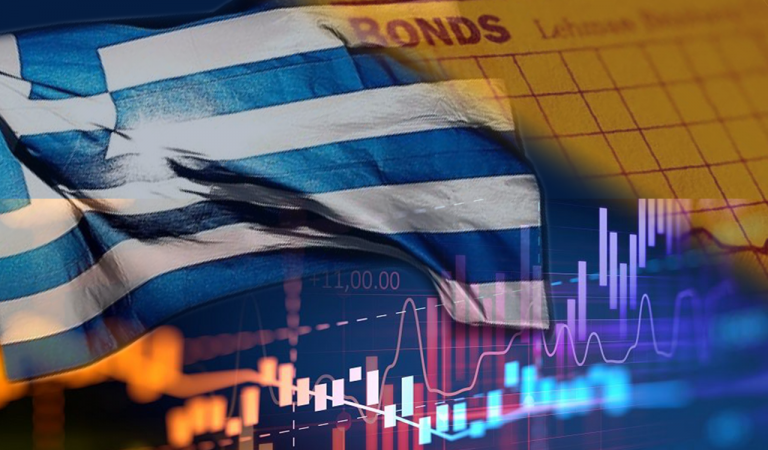

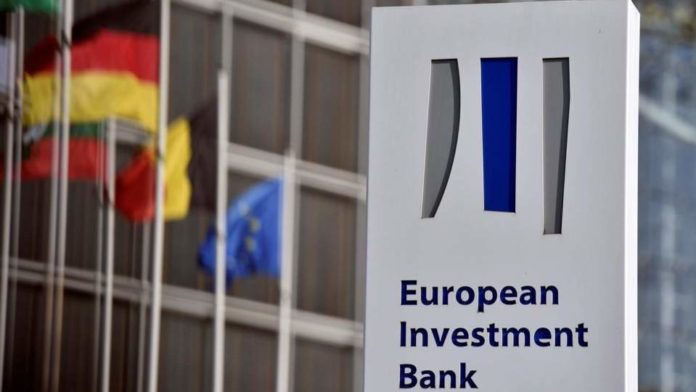







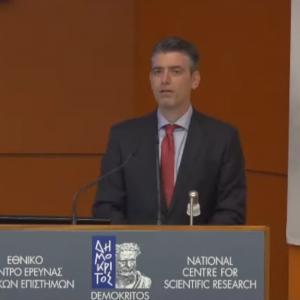


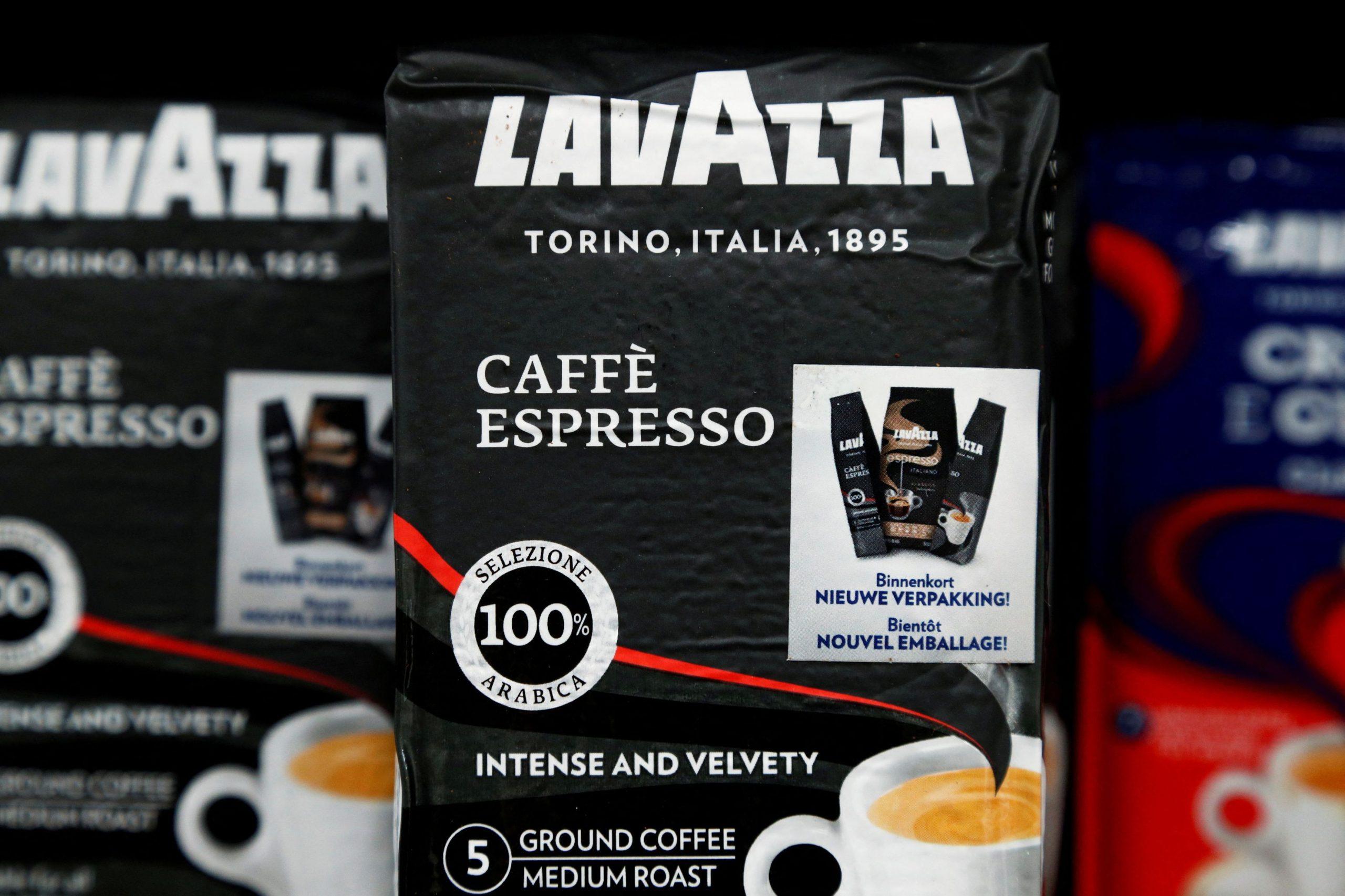










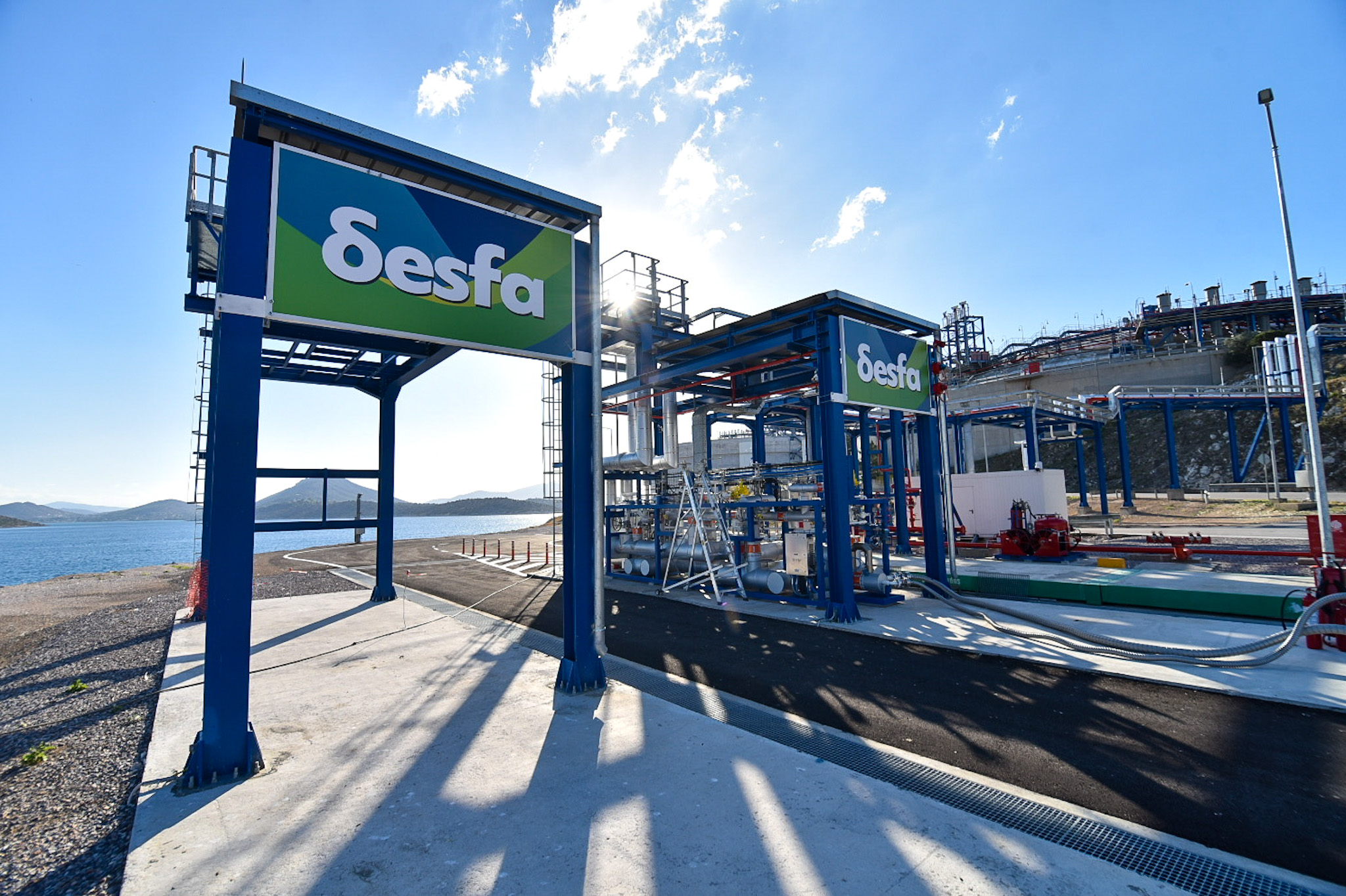

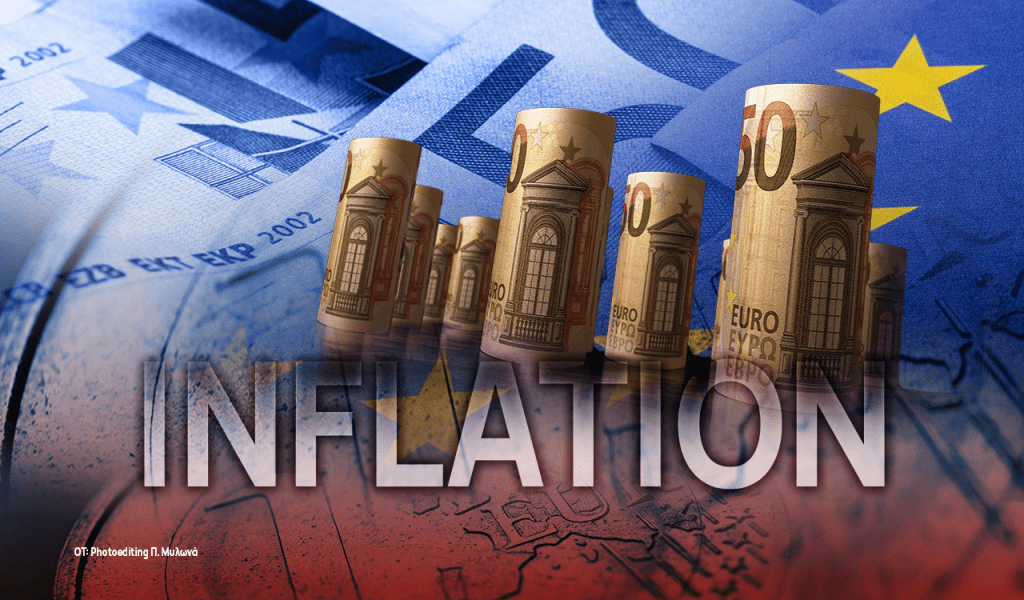











![ΕΛΣΤΑΤ: Αύξηση 0,8% στη δύναμη του ελληνικού εμπορικού στόλου τον Μάιο [γράφημα]](https://www.ot.gr/wp-content/uploads/2025/07/stolos.jpg)




